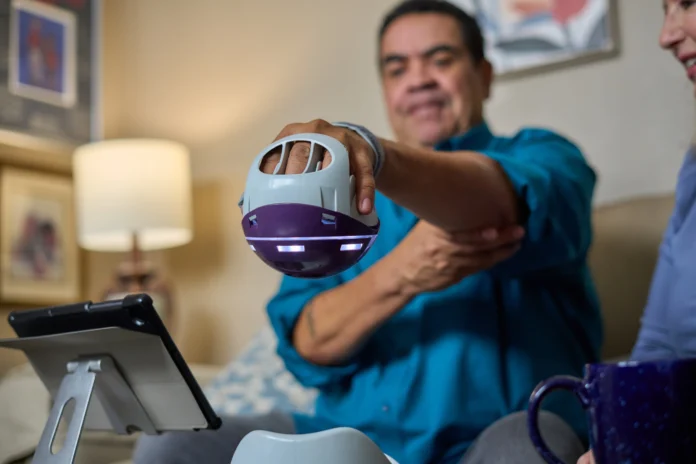The systemic review includes in depth analysis of 32 articles of key technologies and human factors for designing home-based technologies for stroke rehabilitation. The following types of technologies emerge in the articles: games, telerehabilitation, robotic devices, virtual reality, wearable sensor, and tablets. These projects adopted different methods like, quantitative design, qualitatively method, and a mix of quantitative and qualitative approach.
Designing stroke rehabilitation games provides more targeted exercises for patient recovery and for therapists to evaluate the progress than general commercial games, but might require technical training and learning progress for patients to adopt new games. Telerehabilitation is particularly useful for stroke patients who are underinsured, have difficulty with transportation, depend on caregivers, or lack stroke rehabilitation services in their geographic areas. But there is also the lack of physical interaction between patients and therapists and in some instances the requirements for technical proficiency to use the telerehabilitation services. Robot-assisted therapy that uses an exoskeleton approach may provide similar or additional benefits for hand motor function in comparison with conventional therapy in patients with chronic stroke, though uncertainty remains regarding the effect size of such treatment approaches. Despite the benefits, robotic devices usually require large physical space in the living environment and sometimes appropriate facilitates such as tables and chairs for setup. This is particularly challenging for participants living in a crowded space. Virtual reality use computing technologies to provide virtual environment that stimulates the physical environment. The devices are usually designed as interactive games or virtual exercises. The sensory feedback which is critical to brain plasticity and rehabilitation therapy gains can be altered or reduced with virtual reality approaches. Motion sensors used to measure acceleration, angular velocity, finger flexion, wrist angle, and the magnetic field in three dimensions. Physiological sensors have been deployed to record body temperature, respiratory rate, pulse rate, blood pressure, etc. during the therapy process.
Analysis/Reflection:
This systemic review provides data of technologies designed for home-based stroke rehabilitation, and based on the analysis of the user studies these technologies could offer multiple benefits: improving patients’ motor skills, offering equivalent rehabilitation quality as conventional therapies, enhancing patients’ activities of daily living, providing patients a sense of control of rehabilitation and the convenience to perform rehabilitation at home. Some of the challenges include the occasionally insufficient consideration of complex factors in the home environment. So in addition to that we need to design for engagement that provides external and internal motivation and for the home environment such as the social context, practical challenges, and the technical barriers.




